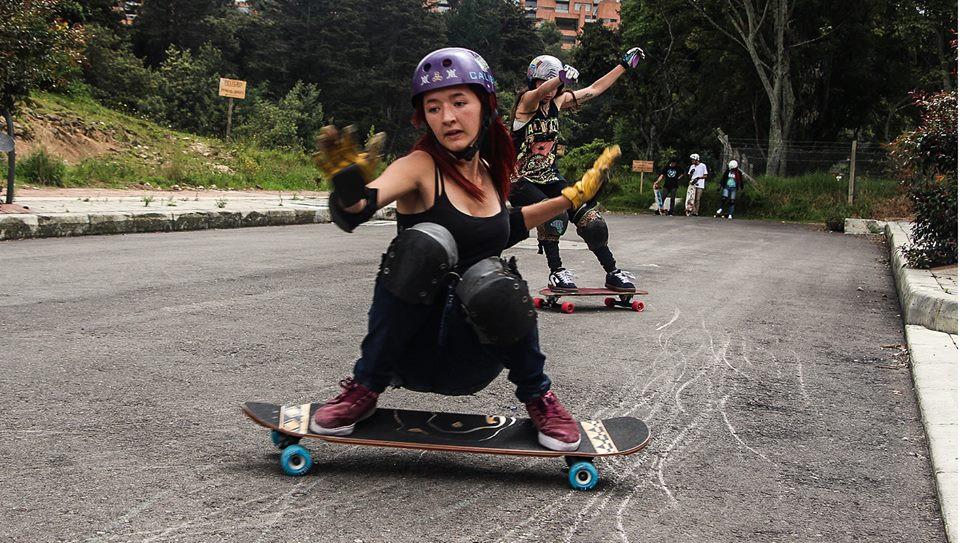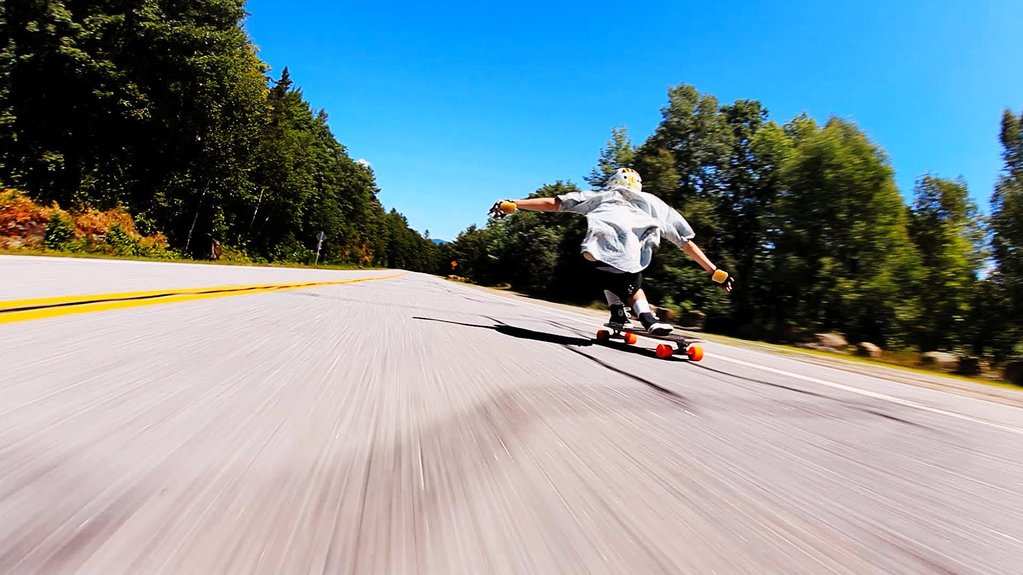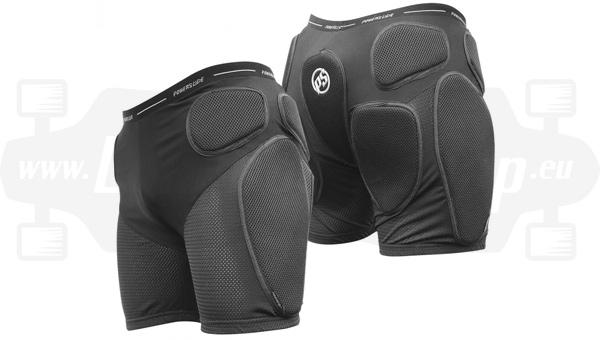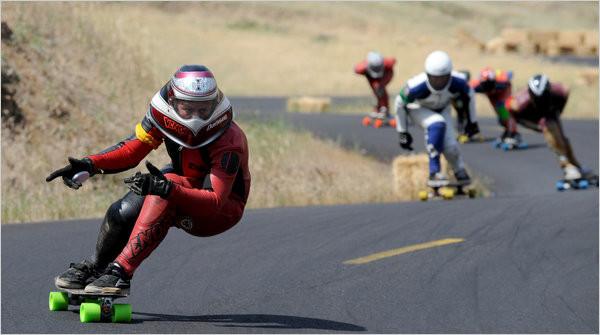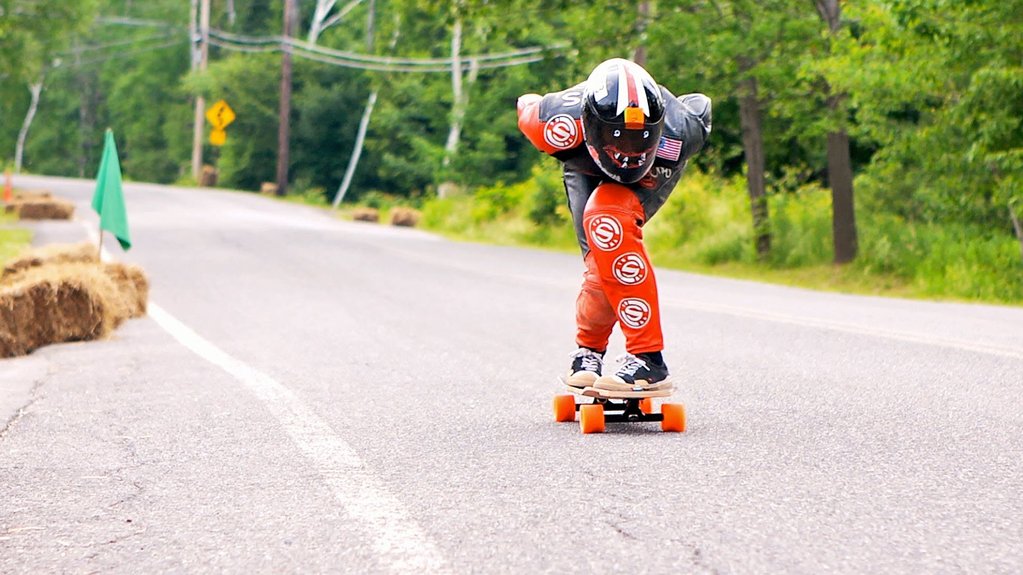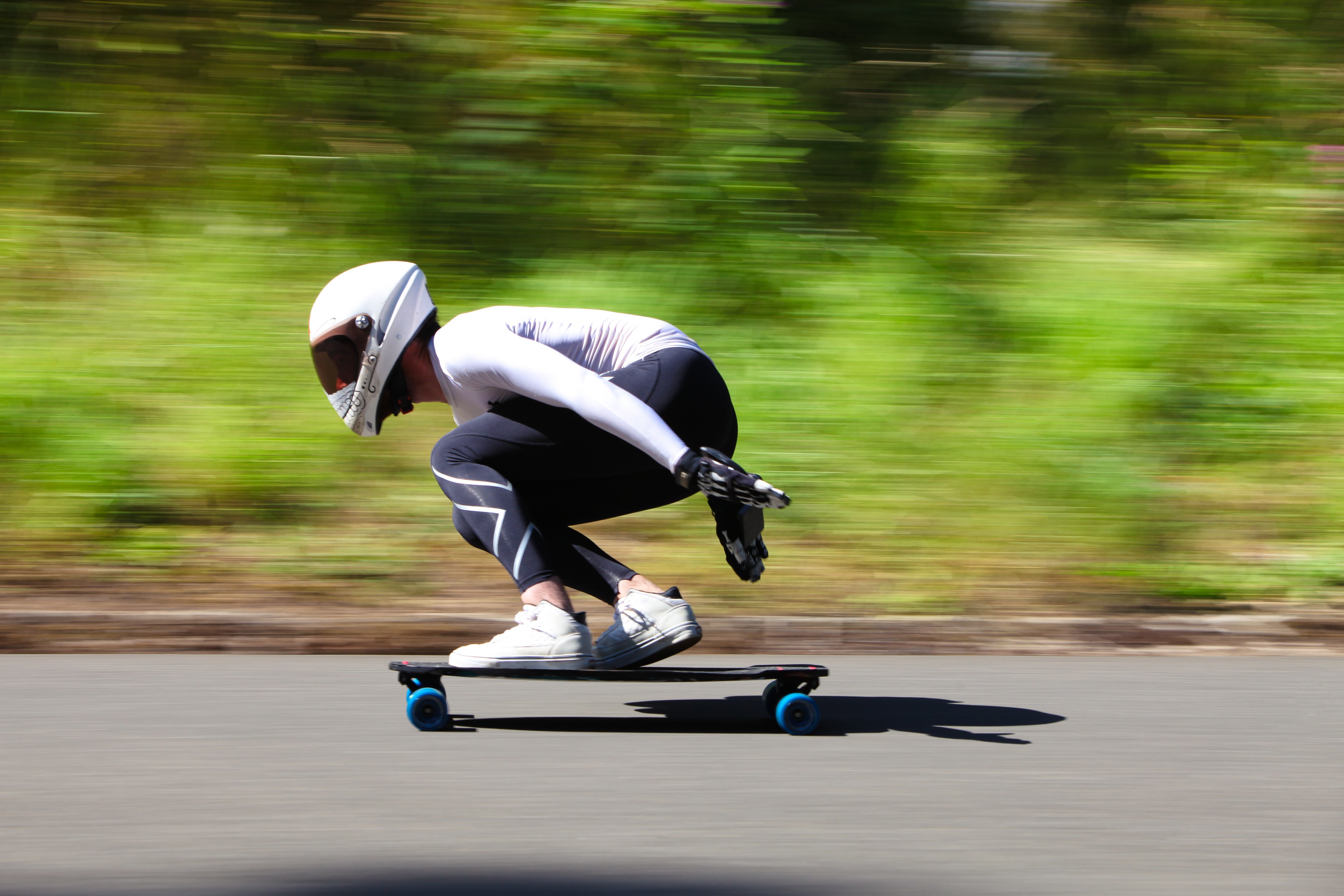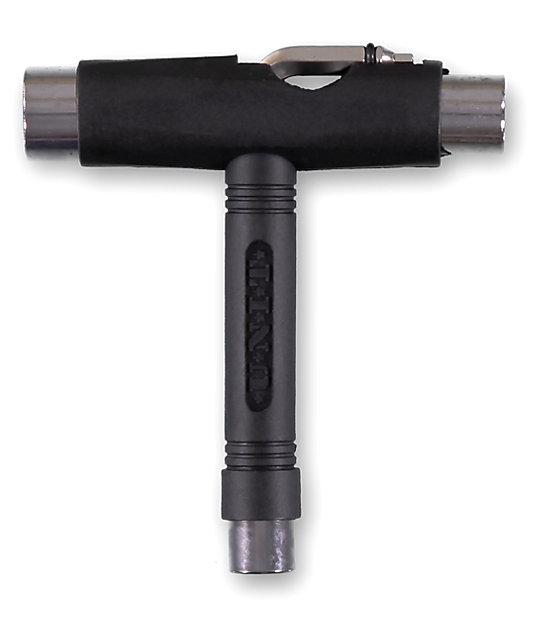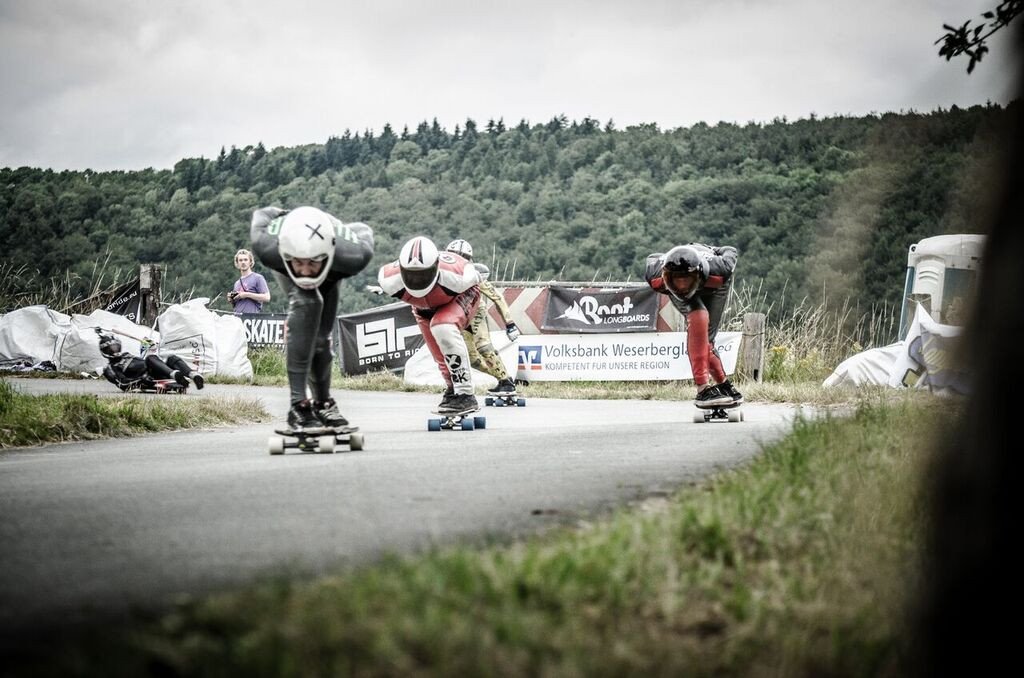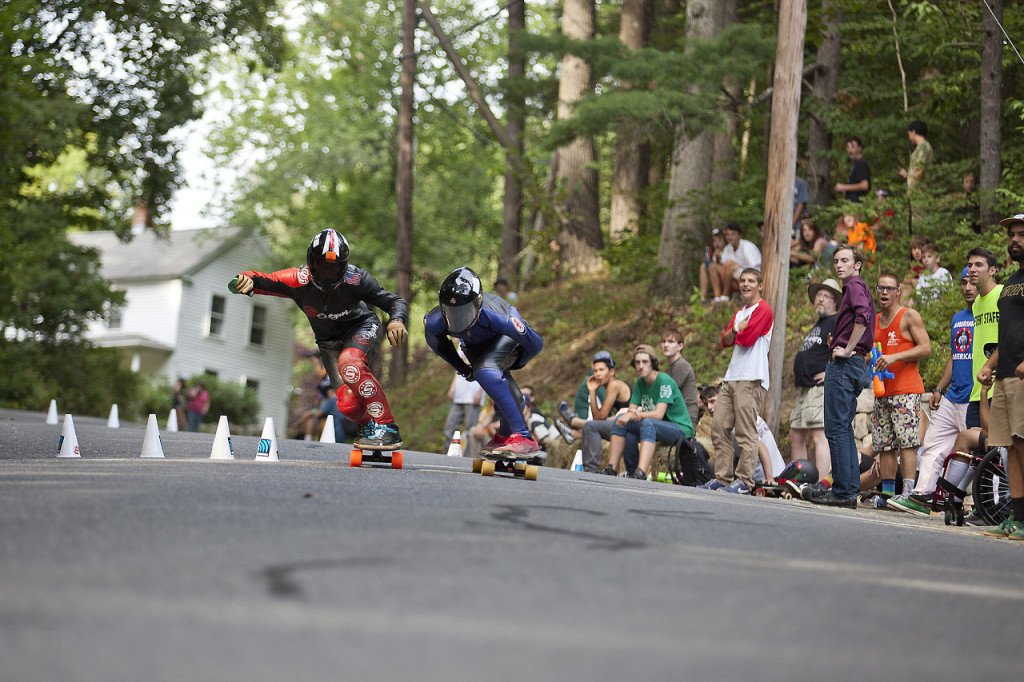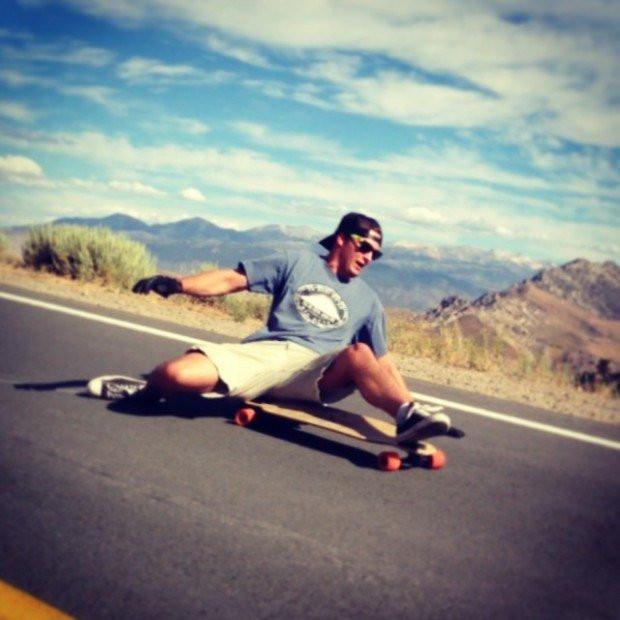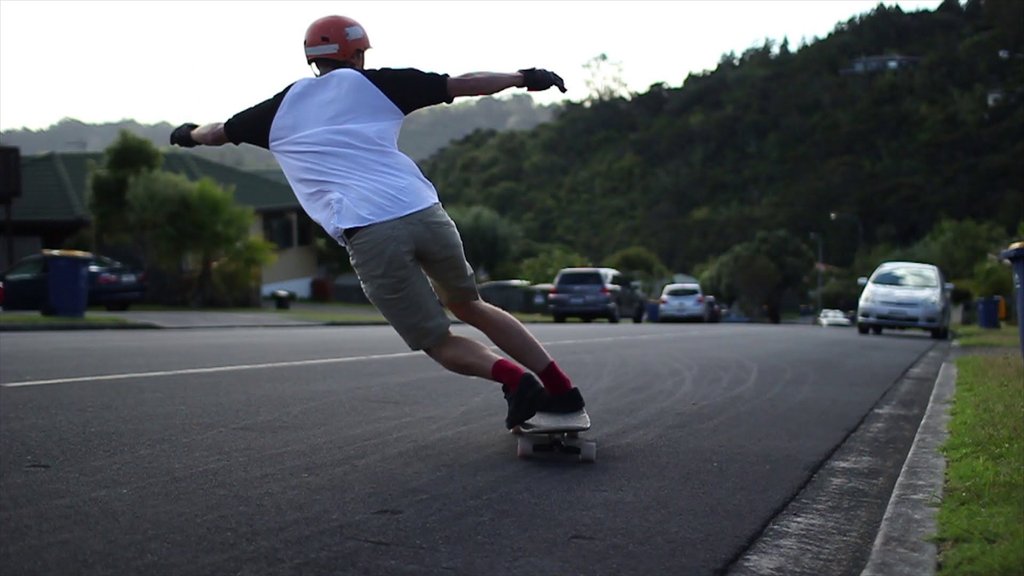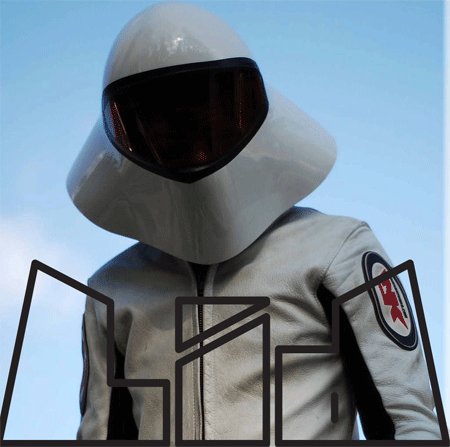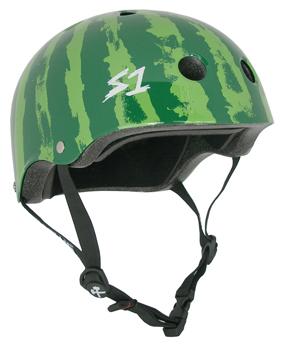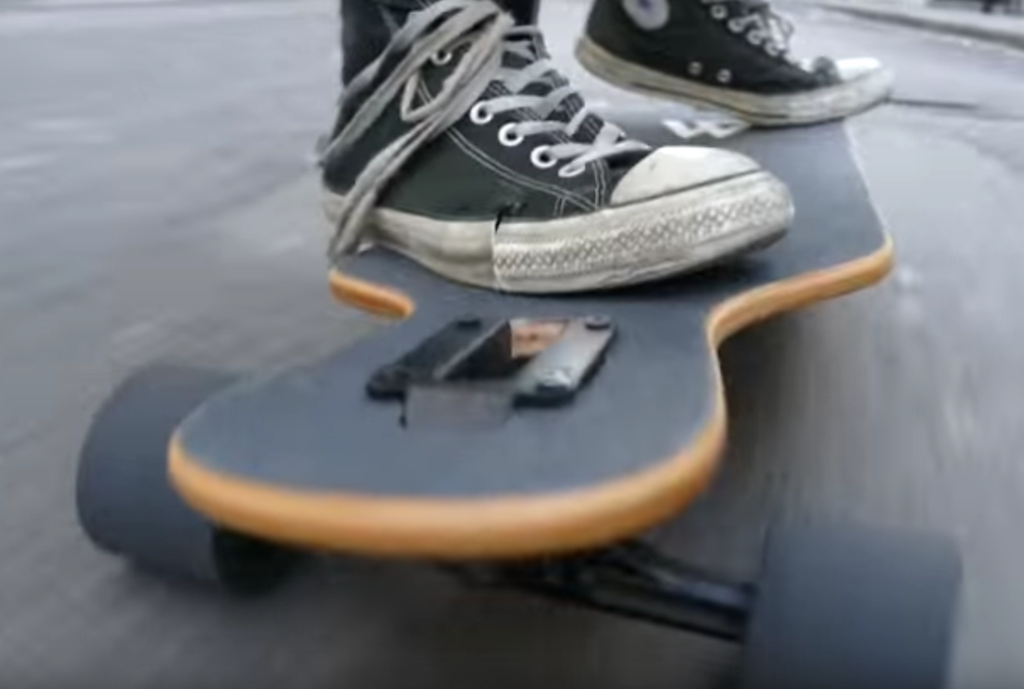One of the most overlooked parts of a longboard is surprisingly enough, not part of the physical longboard itself! It’s actually on your foot. Yes, that’s right, it’s the shoe. The shoe is probably the most important part of a good longboarder, since it is what lets you feel the ground and the board, and it’s also what lets you footbrake, grip the board, and kick posers in the face. (Jokes)
But to be real, yes, proper shoes will absolutely change the way that you longboard, and it will definitely change the way that you ride for the better.
Shoes.
There are so many brands of shoes out there, it’s incredible. There are low-tops, mid-tops, high-tops, slip-ons. You can get stuff made of durable materials, some are more breathable than others, and there are literally a million colors.
The shoes you should be using for skating though, are skate shoes. Skate shoes typically have flat bottoms, unlike a running shoe which is contoured on the bottom to better interact with the ground. However, longboarding should be done in an environment that is as close to barefoot as possible, as it gives the best board-feel and grip.
The reason why board feel is so important is because every longboard comes with a bunch of curves that are meant to lock your feet into the board so that you don’t slip off. In order to correctly lock yourself into these curves you must be able to wedge your feet into them, which isn’t possible with a shoe that has a thick sole like a running shoe. Plus, running shoes sit higher than skate shoes, which means you sit slightly higher above the ground. It may not seem like much but this difference actually makes you much more unstable at high speeds.
Another good reason is economics. Running shoes cost a lot of money, sometimes up to 200 dollars, even. Taking into consideration that the griptape under your feet is practically just adhesive sandpaper, your expensive running shoes will be ruined and gone within a few weeks, and especially so after a good fall. Running shoes are quite fragile, as they are meant for the ground and nothing else. Skate shoes, however, are meant to touch surfaces at all angles, so the top of your shoe won’t tear open even if you drag it along the ground somehow. There’s also the issue of footbraking. Footbraking will tear your running shoe bottoms to shreds, as they usually aren’t vulcanized rubber, unlike most skate shoes.
Here’s what I recommend for skate shoes.
You want mid-tops. This way, when you are pushing, the back of the shoe won’t chafe your ankle, which makes for a pretty comfortable ride. Chafed ankles sting a lot. Plus, you can lace them up higher than you can lace low-tops, and that really lets you move your feet as one with the shoe, not as two individual parts. Also, get shoes with pretty high sidewalls, as they will protect your feet most when you are in sliding stance. They’ll be most durable as well.
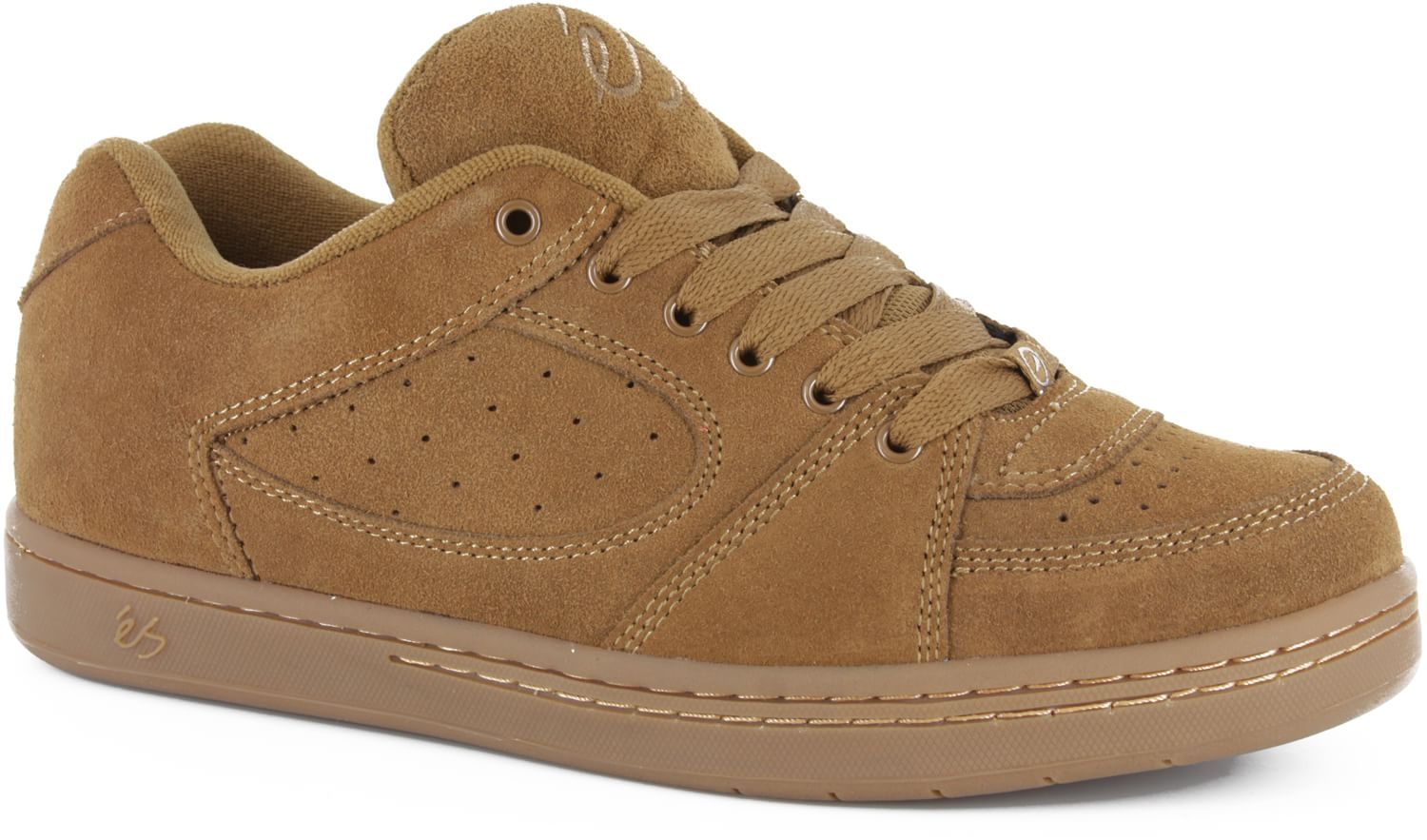
WEAR GOOD FEET SOCKS? –Ryan L. Longboarder.
